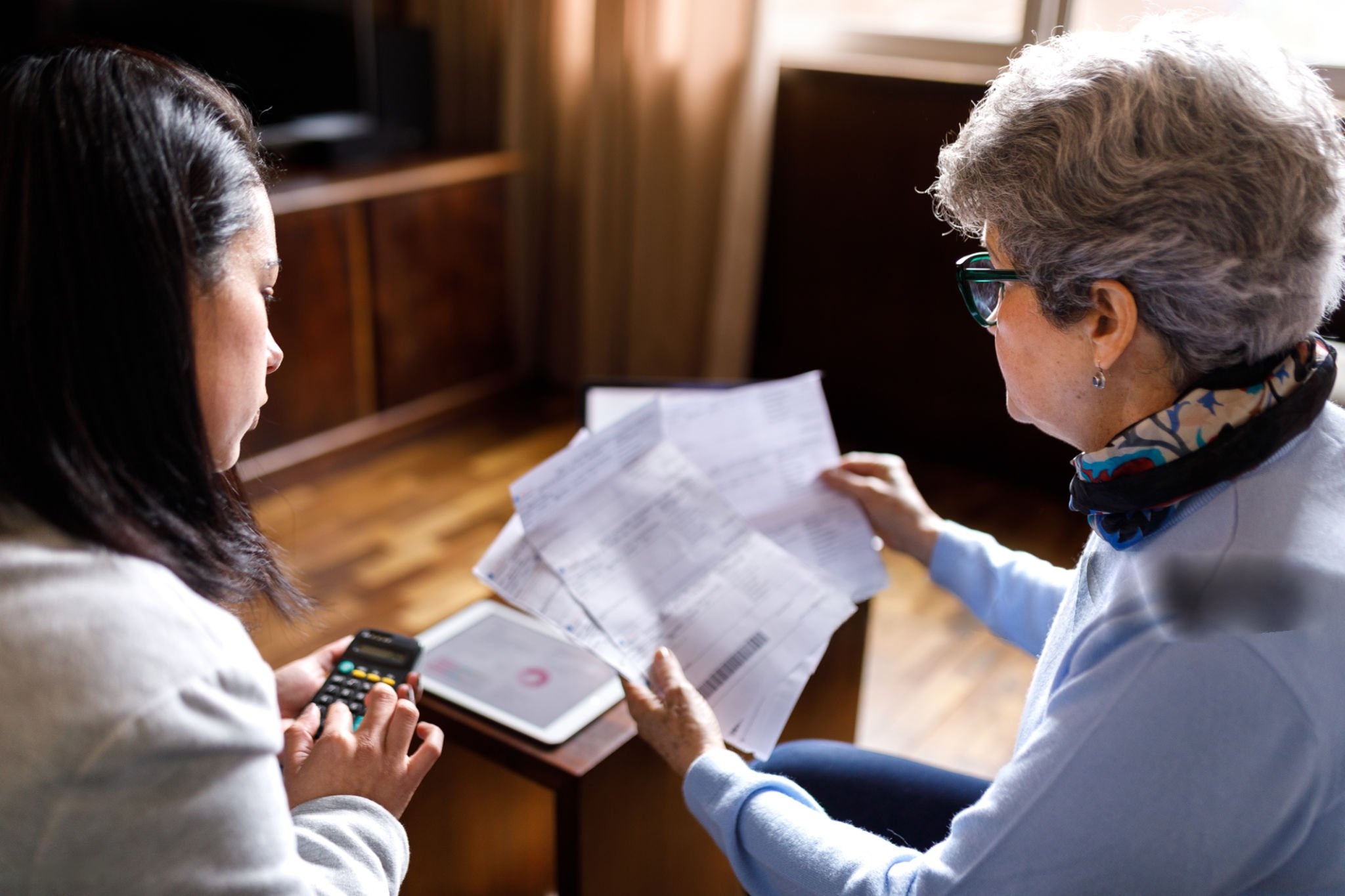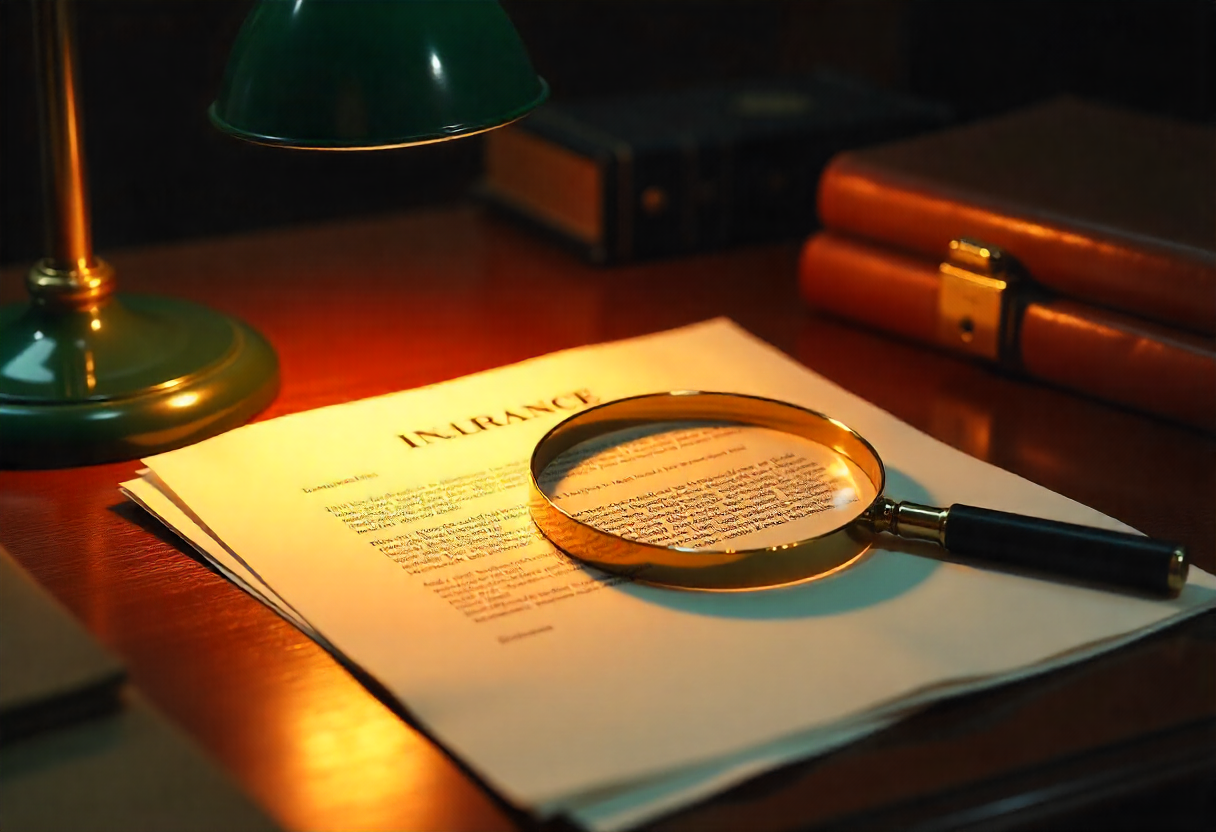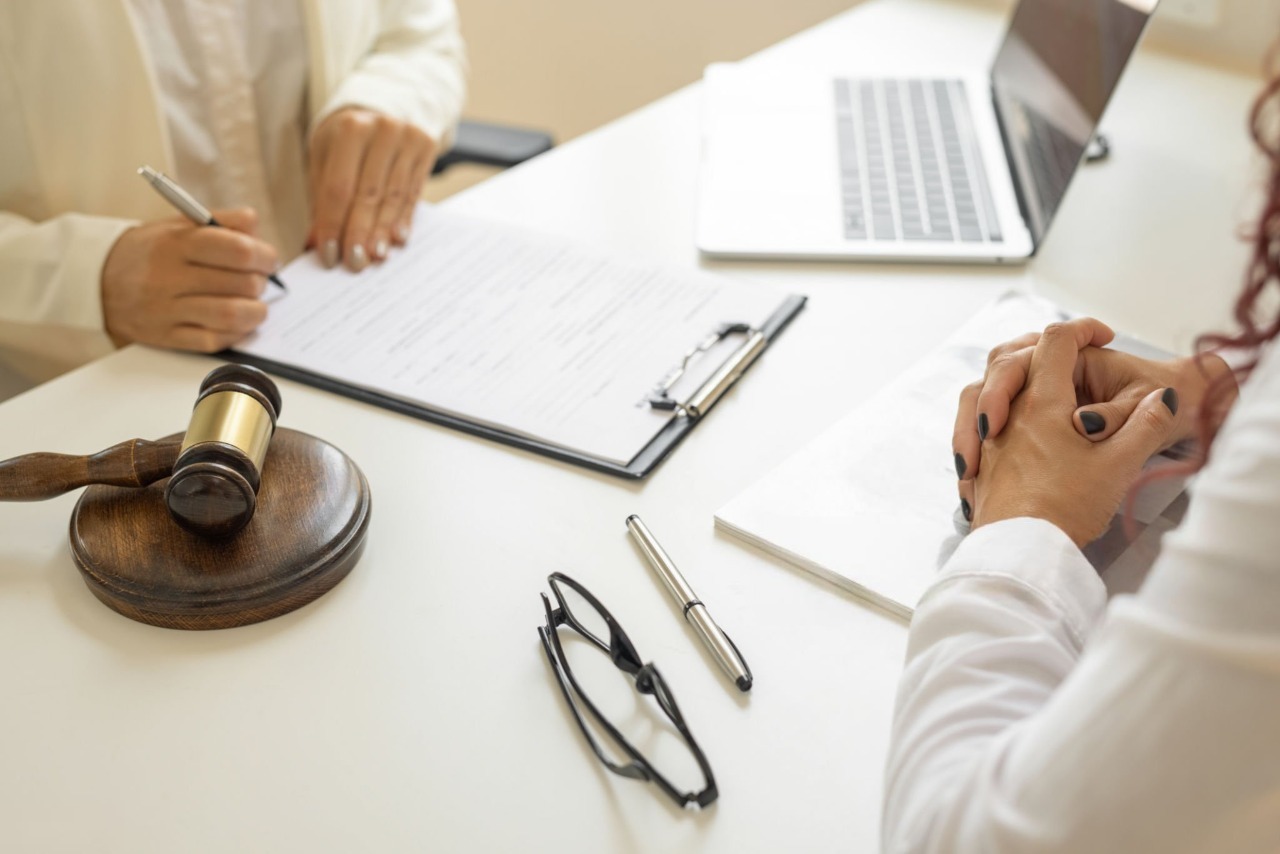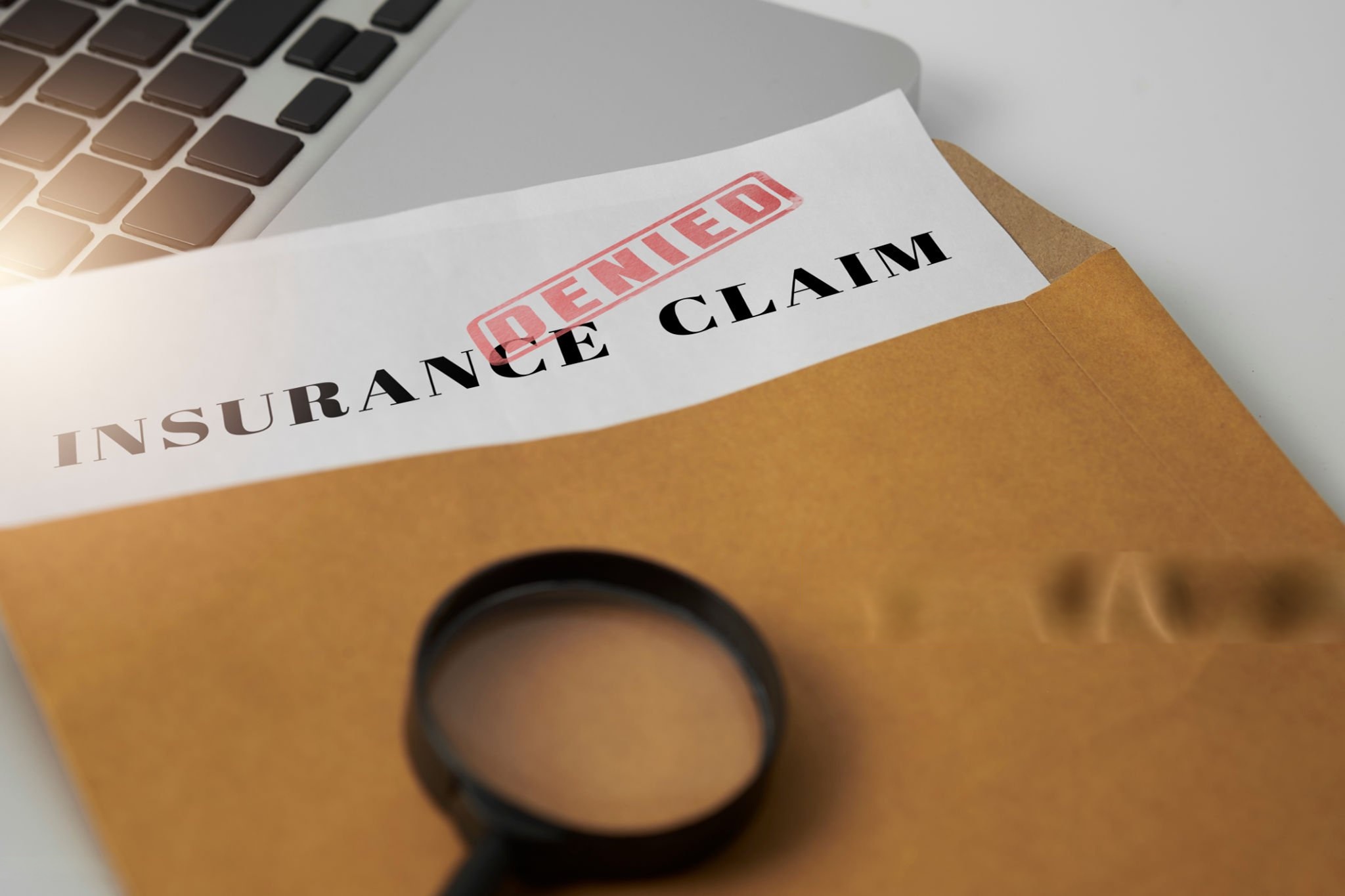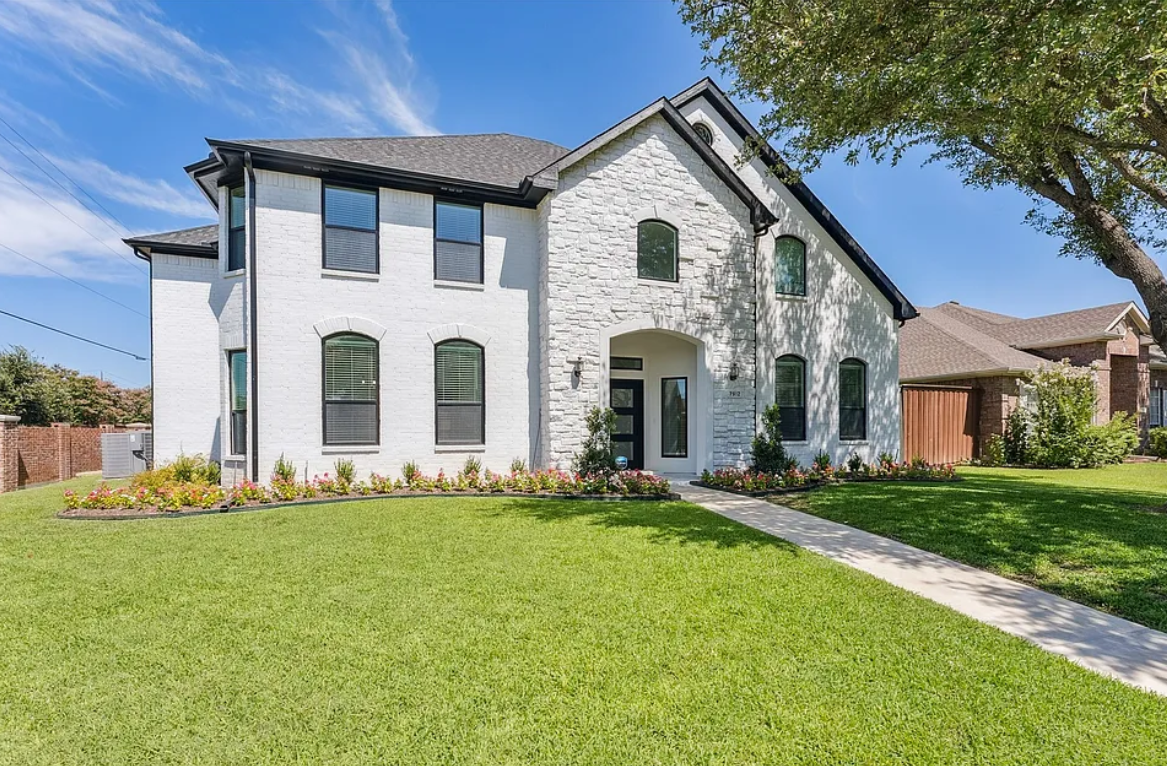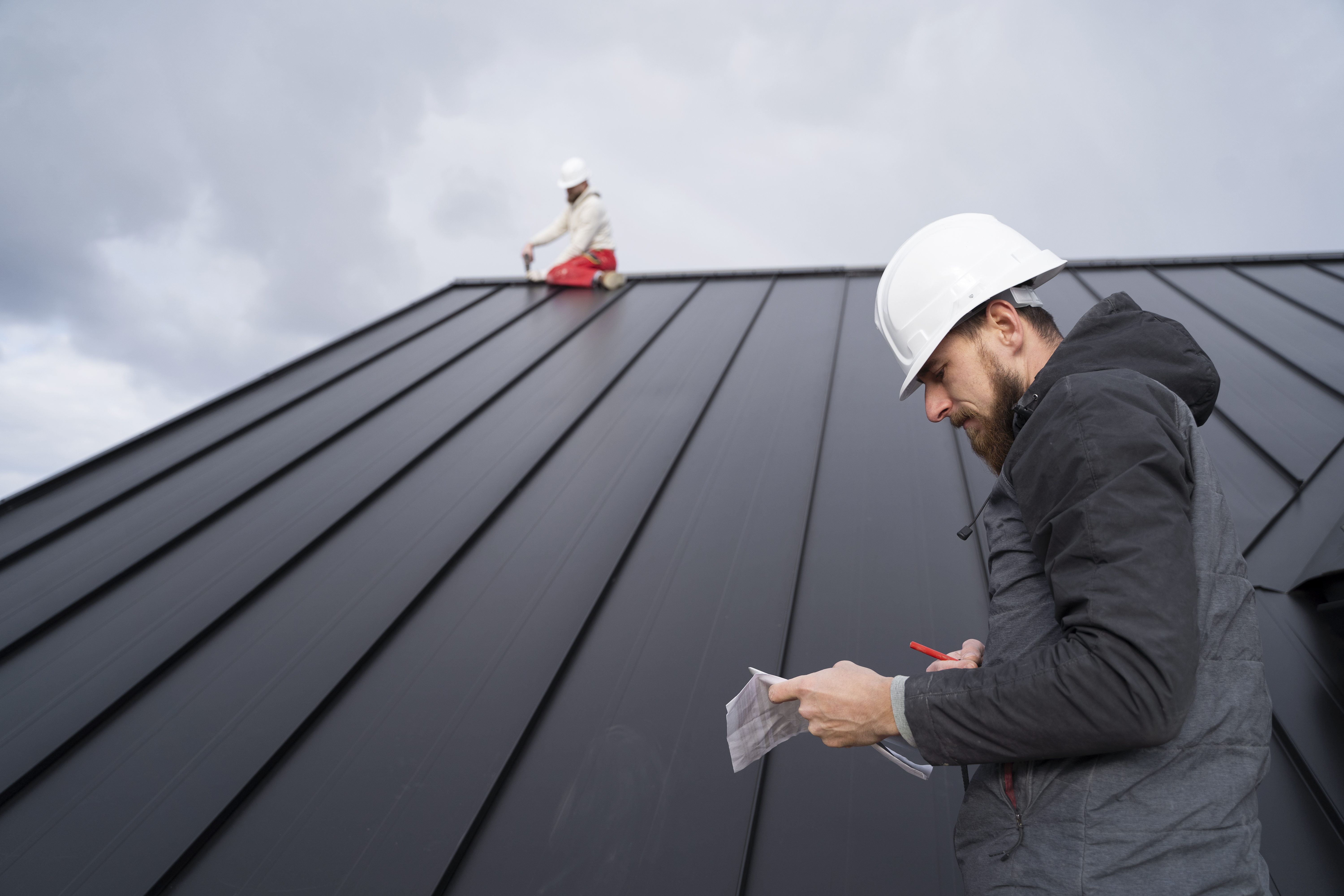When it comes to managing a commercial property, few expenses are significant and impactful, like replacing the roof. Though it may seem overwhelming and costly, learning the actual cost of a commercial roof replacement along with the ROI and tax benefits that come with it will allow business owners and property managers to make wiser, more strategic decisions in regard to their finances for years to come.
In this blog post, we’ll walk you through the cost of replacing a commercial roof system, factors that determine the price, and how recent tax laws can actually benefit you.
How Much Does It Cost To Replace A Commercial Roof
When it comes time to replace a commercial roof it’s about far more than just tearing up the existing materials and putting new ones in their place. Strategic planning, professional roofer, and high-quality materials; adjusted to comply with the local building codes and safety requirements. So what’s in that figure?
1. Roof Size and Type
The larger the roof, the more expensive it is. But it’s not just about square footage. The roof’s design; flat, low-slope, or pitched —also matters most. Flat and low-slope roofs are the type most used on commercial buildings and also tend to be less expensive on a square foot basis than steep-slope roofs.
- Average Price Range: $5 to $15 per square foot
- Total Replacement Value (for a 10,000 sq. ft. roof): $50,000 to $150,000 and more
2. Material Selection
There are many different types of roofs that come with various lifespans, warranties, and energy efficiency characteristics. Here are a few popular types of commercial roofing:
- TPO (Thermoplastic Polyolefin): Lightweight and energy efficient ($5–$10/sq. ft.)
- EPDM (Rubber): Durable and simple to work with ($4–$8/sq. ft.)
- Metal Roofing: Fire-resistant and long-lasting ($8–$15/sq. ft.)
- BUR: Multiple layers for extra protection ($6–$12/sq. ft.)
Installation complexity, insulation value, and durability vary with every material. High-quality materials tend to be more expensive initially but can have a longer life and require less maintenance.
3. Labor and Installation
Costs are subject to regional variations and the experience of the roofing contractor. Labor should make up 40% to 60% of the cost. Labor costs can run higher when the installation is complex, there are numerous penetrations of the roof (such as for HVAC systems) and the roof is difficult to access.
4. Tear-Off vs. Overlay
If your old roof needs to be removed in order to install the new one, you could expect to pay from $1 to $3 per square foot in tear-off costs. But sometimes a second roof can be rolled out over the first - an overlay, helping to save time and money. Laying overlays is not always recommended, especially if the underlying structure has been weakened.
5. Permits and Compliance
Installation of the new commercial roof may require permits and must comply with local building codes. Permit costs differ by city but can be anywhere from a few hundred to several thousand dollars.
Also Read: How Often Should You Inspect Your Commercial Roof? Costs, Benefits, and Expert Tips
Financing a Commercial Roof Replacement
Given the high price, many companies look for financing options. Here are some of the most common methods to pay for commercial roof replacement:
- Bank Loans or SBA Loans
- Property Improvement Loans
- Roofing Contractor Financing Options
- Commercial Property Insurance Claims (particularly following storm damage)
Proper planning and documentation are important for securing financing or leveraging coverage.
Tax Benefits For Commercial Roof Replacement
A new roof can be a pricey investment, but the federal government offers some tax relief if you’re willing to go green. Let’s explore how.
1. Section 179 Deduction
Section 179 is among the most business-friendly provisions in the tax code. This allows businesses to deduct the full cost of qualifying improvements — including replacing a commercial roof — immediately instead of depreciating the value over many years.
How It Works:
- Until 2018, commercial roofs had to be depreciated over 39 years.
- With the recent Tax Cuts and Jobs Act (TCJA), businesses can now deduct up to $1,220,000 of eligible expenses including a roof replacement.
2. Bonus Depreciation
In addition to Section 179, businesses may also qualify for bonus depreciation. This permits a direct write-off of 60% of the cost of a roof replacement to be eligible for immediate deduction (after 2024) with the balance to be depreciated over time.
Bonus depreciation is particularly useful if a business’s capital spending is higher than the Section 179 limit or for the company that doesn’t have enough taxable income to take the full deduction.
3. Energy Efficiency Incentives
By choosing an energy-efficient roofing system (e.g. cool roof, reflective coating, additional insulation) businesses can further qualify for federal or local governments energy credit/rebates.
- Energy-Efficient Commercial Buildings Deduction (Section 179D): Allows for tax deductions of up to $1.80 per square foot (as of 2024) for energy-efficient upgrades.
- Utility Company Rebates: Some local utilities provide rebates for using energy-saving roofing products.
Long-Term Savings Beyond Tax Incentives
Besides the tax deductions, the long-term cost savings related to a new commercial roof can be beneficial to your bottom line:
1. Less Maintenance and Repair Costs
Old or damaged roofs take a lot of maintenance, repairs, leak management, and emergency service calls. A new roof reduces the cost of ongoing maintenance and increases the overall reliability.
2. Energy-Efficiency and Reduced Utility Bills
Modern commercial roofs are able to offer excellent insulation and protection from heat, which can help save on heating and cooling expenditures. White or reflective materials like TPO or coated metal can be extremely efficient.
3. Improved Property Value
A new roof will increase the value of your commercial real estate, and make your business more attractive to potential tenants, buyers, and investors. It improves curb appeal and shows that a property is well maintained.
4. Better Insurance Premiums
In many cases, insurers will lower yours if your building has a new or updated roof, one that can stand up to fire, wind, and weather damage. New roof, new insurance A new roof may also simplify getting insurance.
Should I Replace My Commercial Roof?
Does your roof show signs of extensive damage? If it is more than 20 years old or if it requires frequent repairs, you might need to go ahead and consider a complete replacement. Here are some warning signs to look for:
- Chronic leaks
- Ponding water
- Cracks, blisters, or sagging
- Rise in electricity bill
- Failed inspections
Repairs are less expensive, but waiting to replace that roof could mean interior damage structure problems, or liability concerns which can be expensive.
Installing a commercial roof is a major expense, and up-front costs can be exacerbated by other factors that require consideration. Here are steps to make the most out of your roofing investment:
- Hire a professional, bonded commercial roofing contractor.
- Get an inspection, and written cost estimate.
- Know your financing and tax deduction options.
- Plan ahead to reduce business disruption.
Looking for a professional roofing contractor for commercial roof replacement? Get in touch with 911 Exteriors Roofing and Construction to know your options and let us help you maximize your return on investment.

